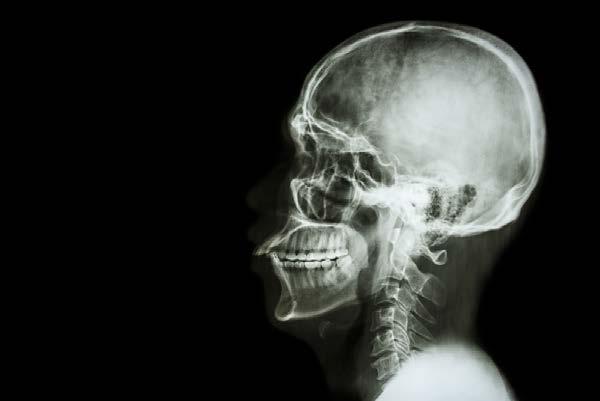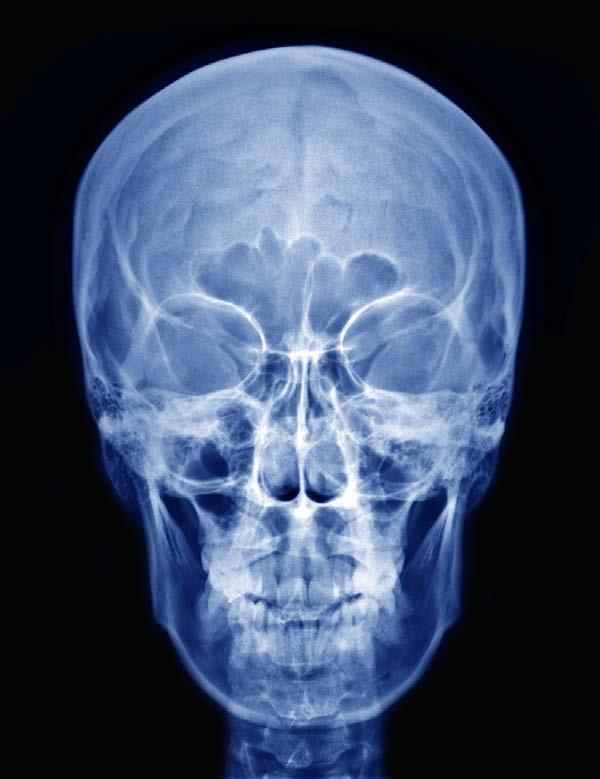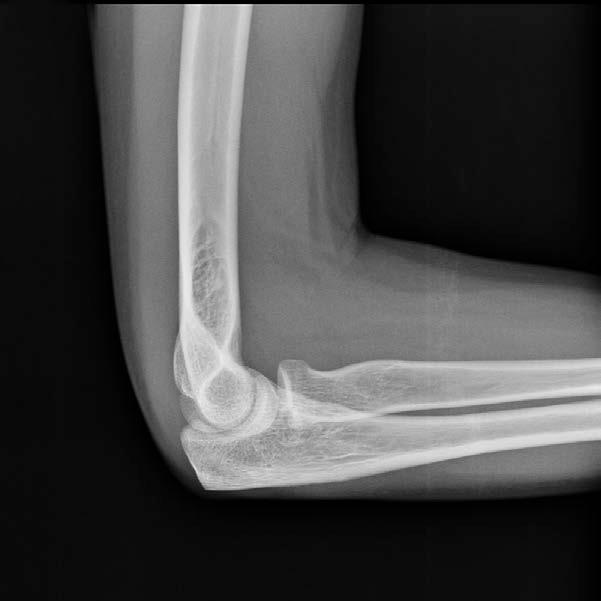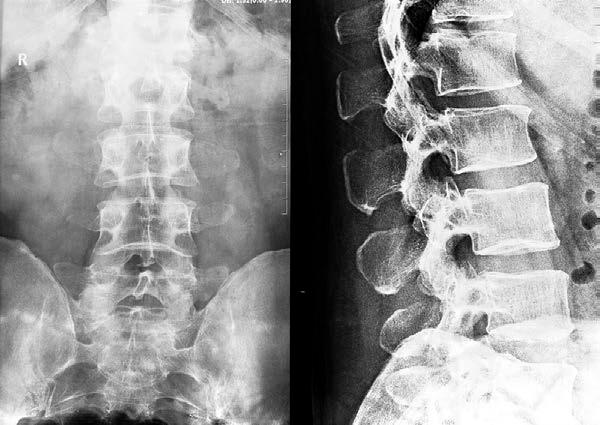PREFACE This course introduces the healthcare practitioner to the different areas involved in the study of radiology. Over the last several decades, radiology has come from the diagnostics involved in plain film x-rays and fluoroscopy to many more modern techniques, such as ultrasound, computed tomography scanning or CT scanning, and magnetic resonance imaging or MRI. Radiology has also advanced from diagnostic studies only to interventional radiology, in which radiology techniques are used to do therapeutic procedures, and therapeutic radiology, with the use of x-rays in order to treat disease, mainly cancer, specifically. The focus of chapter one in the course is diagnostic plain film radiology. This is the original radiological technique used in medicine. The history and practice of plain film radiology is discussed as well as the techniques used when x-rays are obtained of the head and neck area, chest, abdomen, and extremities. In addition, the expected results of normal and abnormal plain film x-rays are covered in this chapter. You will come to see the limitations of these types of films in the field of radiology. The major topics of chapter two are the principles and practice of fluoroscopy, which is real-time imaging using x-ray technology rather than still pictures, and radiocontrast materials. There are many procedures that involve fluoroscopic techniques. The chapter also covers the different substances used in radiology—including those for plain film xrays, fluoroscopy, CT scanning, and MRI scanning. The different risks of giving and receiving radiocontrast material is also discussed in this chapter. Chapter three in the course talks about ultrasound technology and how it is used in a medical setting. Ultrasonography is one method in the field of radiology that does not make use of any sort of ionizing radiation but uses high-frequency sound waves to create images from within the human body. In the chapter, we talk about how ultrasound machines work and about the different kinds of ultrasounds used in medicine. In addition, we discuss the different medical specialties and how they make use of different
1







